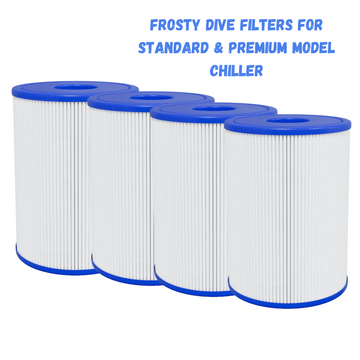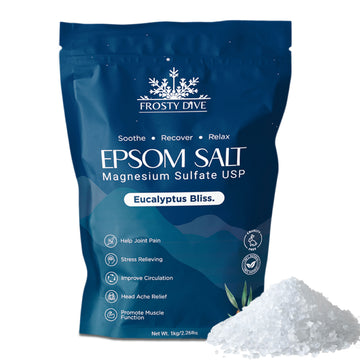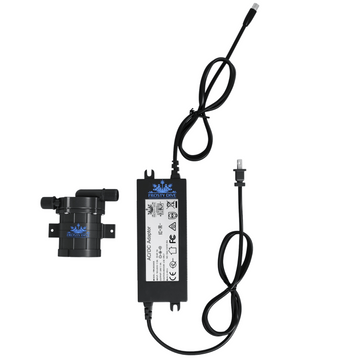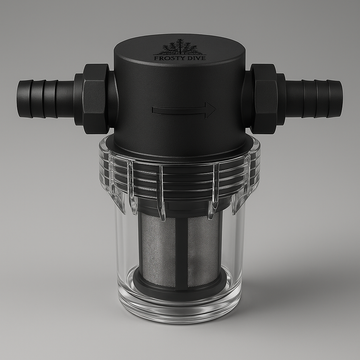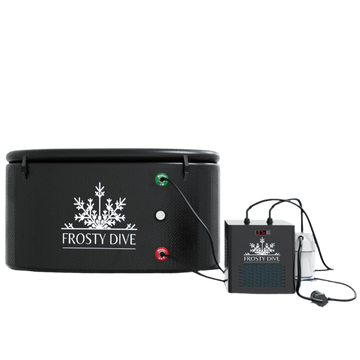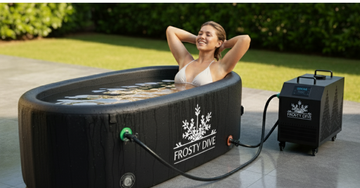Water chillers sit at the heart of industrial HVAC, plastics molding, food‑and‑beverage, and even high‑performance computing facilities, because they pull excess heat out of process loops more cheaply and precisely than any other standalone technology. Selecting the right unit and caring for it can slash electricity bills by 20 % or more, extend equipment life, and protect product quality. Below is a 500 ‑ 600‑word guide that covers the pay‑offs, sizing math, technology choices, and maintenance habits that maximize return on a water chiller investment.
Key Benefits
Stable, Low‑Cost Cooling
Water chillers deliver far tighter temperature control than once‑through city‑water or ad‑hoc fan coils, keeping process fluid within ±1 °C even during load swings, which reduces scrap in plastics injection and guarantees repeatable fermentation profiles in brewing . Because chilled water is recycled, operators cut both make‑up water fees and sewer surcharges compared with single‑pass cooling
Energy Efficiency
Modern units equipped with twin‑inverter scroll compressors adjust speed to match real‑time demand, trimming energy consumption by up to 30 % versus legacy fixed‑speed machines. Water‑cooled variants go a step further, leveraging a cooling tower to reject heat at the cooler “wet‑bulb” temperature, boosting coefficient of performance (COP) over comparable air‑cooled models.
Equipment Protection & Uptime
By keeping oil‑hydraulic circuits, laser optics, and data‑center racks in their ideal temperature windows, chillers prevent thermal‑induced drift, viscosity shifts, and premature seal failures, directly improving mean‑time‑between‑service events.
Selection Factors
1 Load & Sizing
Start by calculating the process heat load (BTU h⁻¹); divide by 12,000 to convert to refrigeration tons A quick “field” formula is (ΔT × GPM)/24 = tons, where ΔT is the desired temperature drop Always add 10–15 % margin for future expansion or unexpected summer spikes.
2 Air‑ vs Water‑Cooled
Air‑cooled units are simpler no tower, lower water use and suit regions with scarce water or smaller loads under 200 tons Water‑cooled systems cost more up front but repay through higher efficiency and quieter operation, making them common in hospitals, data centers, and large plastics plants
3 Compressor & Refrigerant Tech
Look for variable‑speed inverter scroll or screw compressors, which throttle capacity smoothly, preventing energy‑hungry short‑cycling. Verify the refrigerant meets local phasedown rules; R‑32 and R‑454B offer high efficiency with lower global‑warming potential versus legacy R‑410A.
4 Special‑Purpose Features
• Glycol Capability: Breweries and wineries favor 25–35 % glycol mix to avoid freeze‑ups at 28 °F set‑points.
Free‑Cooling Coils: In cool climates, integrated dry coolers bypass the compressor whenever ambient air alone can satisfy the load, slashing winter power bills .
Maintenance Essentials
Preventive care can recoup up to 15 % efficiency lost to fouling and drift A solid checklist includes:
Weekly: Verify refrigerant superheat/sub‑cooling, log inlet/outlet temperatures, and inspect for refrigerant leaks.
Monthly: Clean condenser fins (air‑cooled) or check tower water chemistry (water‑cooled) to limit scale that forces the compressor to work harder.
Quarterly: Test safety controls, calibrate sensors, and change oil filters on screw compressors.
Annually: Eddy‑current test heat‑exchanger tubes, overhaul pumps, and validate control firmware for cybersecurity patches .
Digital maintenance platforms now automate task reminders and trend analysis, catching efficiency drift before it bleeds cash.
Bottom Line
A water chiller isn’t just a piece of auxiliary equipment, it’s the life‑support system for temperature‑sensitive processes. By correctly sizing against heat load, choosing energy‑savvy compressor technology, and adhering to a proactive maintenance schedule, facilities can unlock double‑digit energy savings, extend asset life, and sustain top‑tier product quality all while shrinking their environmental footprint.













